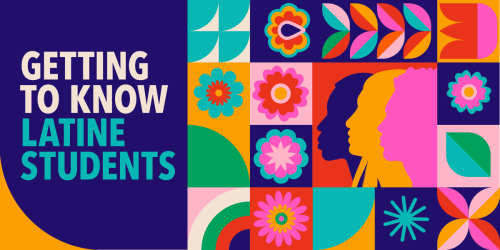Building Bilingual Pride Through Credits for Proficiency

English learners entering high school have to learn both English and grade-level content to begin accumulating credits to graduate. Unfortunately, in many cases, English language development courses do not provide the necessary credits. So how are students supposed to graduate if their required classes don’t count?
Highline and Seattle Public Schools had a solution to this problem: Give kids credit for what they already know. With the backing of Washington’s Office of the Superintendent of Public Instruction (OSPI), Highline and Seattle piloted a program giving students who can understand, speak, read, and write in languages other than English an opportunity to take language proficiency exams and earn as many as four high school credits — the equivalent of four years of language study.
After Highline and Seattle shared their results with the Road Map ELL Work Group, the World Language Credit Program was adopted by the seven Puget Sound-area districts that make up the Road Map Project whose aim is to double the number of students who are college or career ready by 2020.
Thanks to Gates Foundation support, many of the 2,300 students in Road Map districts who participated in the program were able to take the assessments free of charge, and almost 75 percent of the students qualified for three or four out of the four possible credits. OSPI brought us in to conduct a study on how the program influenced students’ attitudes toward their language abilities and school.
While a study of the quantitative results of the program’s impact on high school and college success might happen down the road, my colleague Zafreen Jaffery and I centered our research on speaking with students about their perceptions. We learned that the World Language Credit Program significantly helps students recognize the personal, cultural, and social value of bilingualism. Students also agreed that the credits helped free up time in their school schedules to focus on what they needed.
One of the things that surprised and pleased me was how many of the students said they wanted to learn another language on top of English and their home language. We spoke with a Latina student who has many Japanese friends, which has inspired her to study Japanese. We met Chinese students who are taking Spanish, because they see how valuable it is to know other languages.
In some sense, providing these students an opportunity to earn proficiency credits is less of a solution than a Band-Aid. It gives particular kids a better chance to graduate and be successful, but doesn’t improve instruction for English learners overall. But there is still a very high value in increasing the awareness and value of bilingualism.
People often talk about English learners in deficit terms, that they are lacking English. Programs like this turn that around and look at the strengths of speaking another language and being bicultural. Road Map district schools are showing that they value what these kids bring with them, and that makes this part of the solution, though not the complete solution. It’s not just about reducing the dropout rate, but also finding ways to increase the value that kids see in themselves. Our findings show that kids felt good about their languages.



